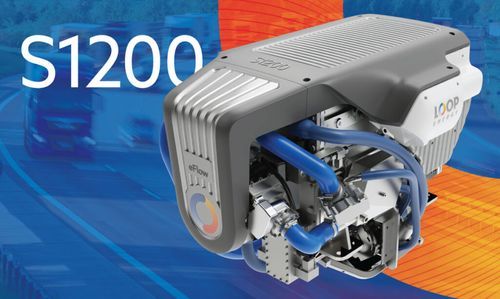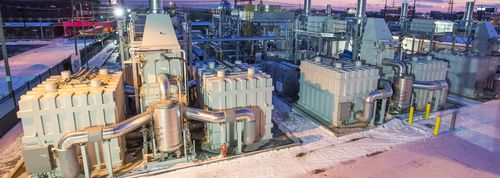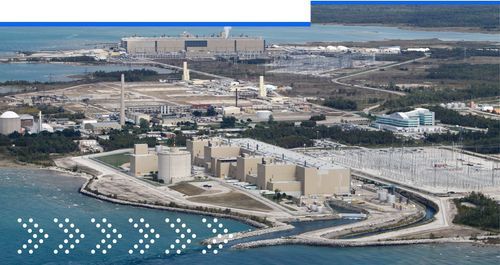In spite of all of the hullabaloo over the Inflation Reduction Act, Canada is in a leading position over the US to advance carbon capture and sequestration projects, TC Energy President and Chief Executive François Poirier said today.
The main reason? Canadian provinces have “primacy” over permitting sequestration sites, Poirier said. Meanwhile, in the US, the federal government issues permits through the Environmental Protection Agency, an often lengthy and demanding process.
In Canada, “The primacy is provincial on the pore space,” Poirier said during TC Energy’s Sustainable Energy Forum today. “In the United States there’s only one state – and that’s North Dakota – where the primacy is clear. And it shouldn’t surprise anyone that therefore we have two or three carbon capture and storage projects we’re developing in North Dakota.”
In Alberta, for example, there are large emissions to be captured, and oil-sands producers view their carbon competitiveness as critical to their long-term prosperity, Poirier said. In addition, the point of capture and the point of sequestration are, in many cases, co-located.
“You’ve got good geology for sequestering the CO2 where it’s being captured, so it can be done on a very effective and economic basis in terms of the gross deployment of capital.”
In meetings with Canadian policymakers, Poirier recommends officials focus not just on CCUS incentives, but also permitting and regulation, because that could differentiate Canada even further.
“It shouldn’t be surprising that the US is also talking about permitting reform because they’ve recognized that that’s the way we’re going to accelerate the deployment of the infrastructure,” he said.
TC Energy is developing a project with Pembina – the Alberta Carbon Grid – to sequester up to 20 million tons per year across the province. Alberta, specifically, is “well ahead” of other provinces on bidding out the pore space and having a clear framework for developing infrastructure, Poirier said.
“In terms of the cost, the process, the clarity around primacy, and around the technology to transport and sequester carbon: it’s there,” he said, in response to a question about the readiness of carbon capture. He added, however, that more innovation is needed on the capture side, an aspect of the market Poirier does not expect TC will participate in.
“We want to be involved predominantly on the transportation and sequestration side,” he said.







